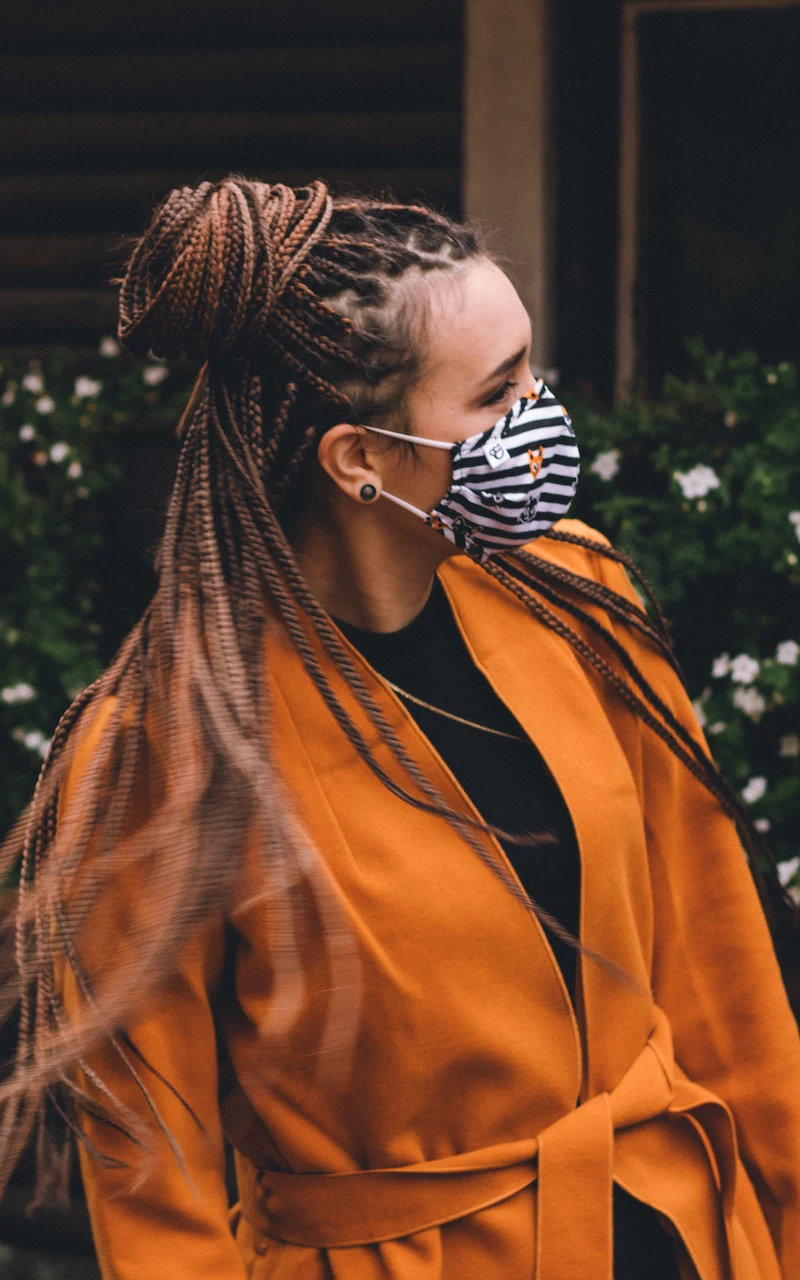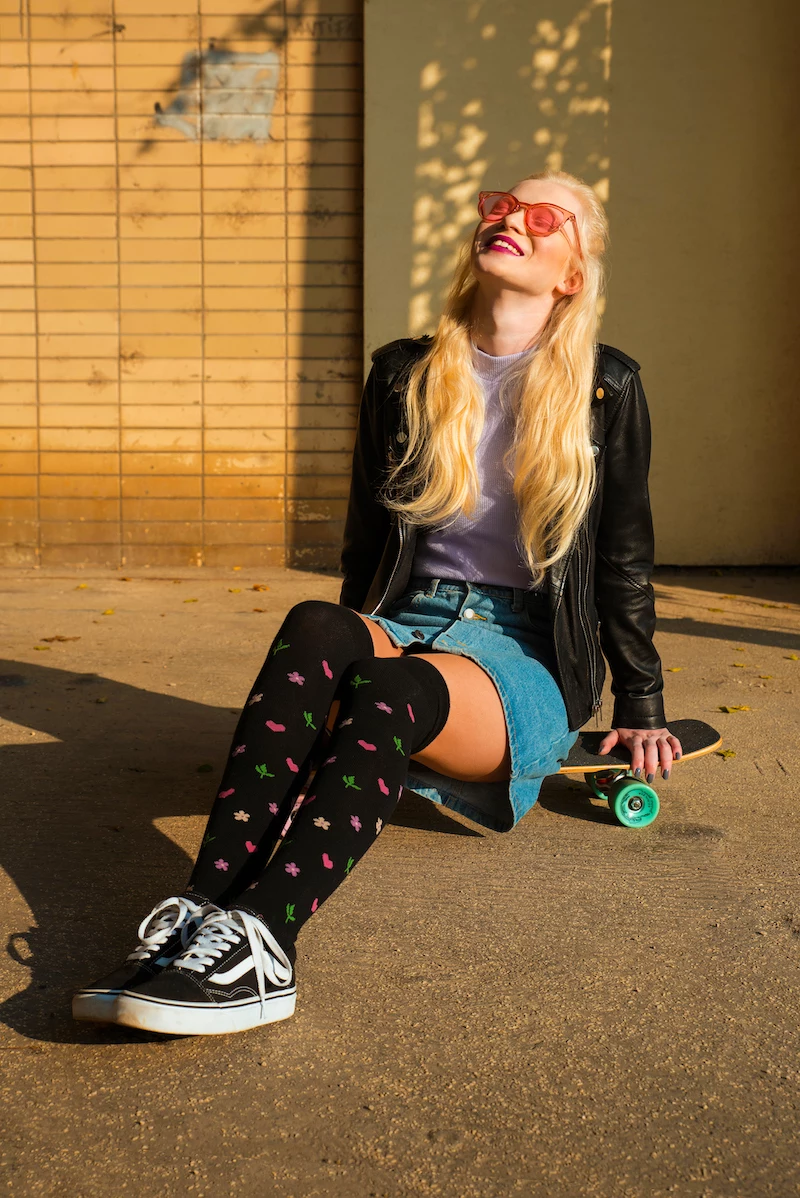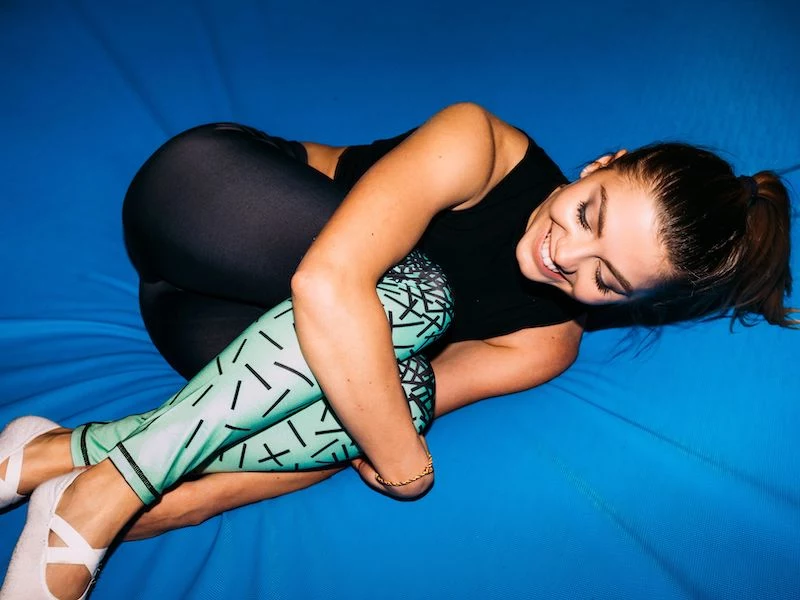Are Your Fun Socks Secretly Junk? A Pro’s Guide to Buying a Pair That Lasts
I’ve spent the better part of my life in the world of textiles. Seriously. I’ve done everything from haggling over raw fibers in bustling overseas markets to tweaking the final stitch on a production line. I know what quality feels like, and I can spot a shoddy seam from a mile away. And you know what trend has caught my professional eye? The explosion of bright, mismatched, and downright fun “novelty socks.”
In this article
It’s easy to write them off as just a quirky fashion statement. But for someone who geeks out over how things are made, they’re a fascinating little puzzle. Brands like Happy Socks, Stance, and Bombas have built entire empires on something we stuff into our shoes. That gets my attention.
So, let’s pull back the curtain. What are these things really made of? How do they get those crisp, detailed patterns? And when a brand talks about being “sustainable,” what does that actually mean for the sock on your foot? Forget the marketing for a minute—this is a real look at what’s in your sock drawer.

The Science Inside the Sock: What You’re Paying For
A sock’s comfort and lifespan all come down to the blend of fibers. It’s not random; it’s a recipe. The pros have figured out a magic trio that works: Cotton, Polyamide, and Elastane. Understanding what each one does is the key to knowing if a sock is worth its price tag, which can range from a few bucks to over $20 a pair.
Cotton: The Soul of the Sock
Cotton is the main event, typically making up 70% to 85% of the sock. Its job is pure comfort. It’s soft, it’s breathable, and it stops your feet from feeling like they’re trapped in a swamp. Cotton fiber is a champ at absorbing moisture, wicking sweat away from your skin to help prevent blisters. Good stuff.
But not all cotton is created equal. The good stuff has longer fibers (what we call “staple length”), which creates a smoother and more durable yarn. While most brands won’t advertise this, a sock that feels exceptionally soft and doesn’t get all misshapen after one wash is probably using higher-grade cotton.

By the way, if you see “organic cotton,” that’s a big deal. It means the cotton was grown without a bunch of synthetic pesticides and fertilizers. From a wearing perspective, it feels the same as conventional cotton. The real difference is for the environment and farmers. A GOTS (Global Organic Textile Standard) certification is the gold standard here—it means the entire supply chain meets strict environmental and social rules. It’s a sign the brand is putting its money where its mouth is.
Polyamide (Nylon): The Unsung Hero
Next up is polyamide, which you probably just call nylon. It usually makes up 15% to 25% of the blend, and its purpose is simple: to keep the sock from falling apart. Honestly, a 100% cotton sock would get a hole in the heel or toe almost immediately.
Polyamide is incredibly tough and resistant to rubbing. By weaving it in, especially in those high-wear areas, manufacturers can dramatically extend the life of the sock. It’s what stops your big toe from busting through. A common pitfall for cheap socks is skimping on this, which is why a $3 pair might only last you a few months, while a $15 pair can go for a year or two with regular wear.

Elastane (Spandex/Lycra): The Secret to a Hug
The last ingredient is elastane, a.k.a. Lycra or Spandex. We’re only talking 2% to 5%, but without it, the whole thing would be a saggy mess. Elastane is what gives the sock its stretch and, more importantly, its “recovery.” It’s how the sock stretches over your heel and then snaps back to hug your ankle perfectly. It’s what keeps your socks from slouching down into your shoes by lunchtime.
A well-designed sock has just enough elastane in the cuff to stay up without feeling like a tourniquet. If you take your socks off at the end of the day and see a deep, angry red line on your leg, the cuff is too tight—a sign of less-than-ideal design.
How to Spot a Quality Sock in 30 Seconds
Okay, so you’re in a store. How do you tell the good from the bad without a textile lab? It’s easier than you think.

First, do the stretch test. Grab a section of the pattern and give it a gentle pull. If the design gets super distorted and a ton of white thread shows through, it’s likely a cheap printed sock. The pattern on these can crack and fade, and they just don’t feel as good. A quality sock uses a jacquard knit, where the pattern is woven in, so the color stays deep and true when stretched.
Next, turn it inside out. This is my favorite trick. Look at the threads on the inside. Are there a bunch of long, loopy threads (we call them “floats”) hanging all over the place? Bad sign. Trust me, there’s nothing worse than snagging one of those on your toenail and pulling a thread on a brand-new pair! A well-made sock will have very short, tidy floats, meaning it’s less likely to snag and will feel smoother on your skin.

Finally, check the toe seam. Run your finger over the seam at the very tip of the sock. Is it a big, lumpy ridge? That’s a cheap, stitched toe that will likely annoy you all day. High-quality socks use a “seamless” or “hand-linked” toe, which is almost perfectly flat. It costs more to make, but the difference in comfort is night and day. This is often the dividing line between an $8 sock and a $16 sock.
So, let’s put it all together. A premium sock will generally cost you between $12 and $20. For that price, you should expect a high-cotton blend, a durable jacquard knit, that comfortable seamless toe, and a lifespan of at least a year or two of regular use. A budget sock, often found for under $8, will likely be a printed design with a lower-quality cotton blend and a lumpy toe seam—and honestly, you’ll be lucky if it lasts six months without holes or fading.
The “Ethical” Promise and The End-of-Life Problem
A lot of modern brands talk a big game about sustainability. And while things like planting trees are great, the most sustainable thing a clothing company can do is make a product that lasts a long, long time.
The longer your socks last, the fewer you buy, and the less waste is created. Simple as that.
But this brings us to a tough truth. That amazing blend of cotton, polyamide, and elastane is a nightmare to recycle. The technology to separate those blended fibers just isn’t there on a large scale. So, when your socks finally give up the ghost, they’re almost certainly headed for a landfill. This is a huge, industry-wide problem.
The best we can do? Buy quality, care for it well, and learn to make small repairs. A little hole in the toe can be darned! It’s an old-school skill, but you can find tons of 2-minute video tutorials online that show you exactly how to do it. It’s a small act that can give your favorite pair a few more months of life.
Pro Tips for Sock Care
Once you’ve invested in a good pair, don’t ruin them in the wash. I’ve seen it happen a thousand times.
1. Always, always, always wash them inside out. This protects the colorful jacquard loops on the outside from getting fuzzy and abraded in the machine. It’s the number one way to keep them looking bright and new.
2. Use cold water on a gentle cycle. Heat is the mortal enemy of elastane. Hot water and high-heat dryers will slowly cook the elastic fibers, killing their stretchiness. This is how you get saggy, sad socks. Air-drying is even better if you have the patience.
Quick tip: Toss them in a mesh laundry bag. You’ll never lose a sock to the laundry monster again, and it gives them another layer of protection from pilling.
A Quick Word on Health
Heads up! While these socks are fun, they’re not for everyone. If you have a medical condition that affects your feet or circulation, like diabetes or edema, please talk to a professional. The seams and tight cuffs on standard socks can pose real risks. In these cases, you absolutely need to look for specialized diabetic or compression socks recommended by a doctor. Your health always comes first.
Final Thoughts
At the end of the day, the humble sock has become a tiny canvas for our personality. And from a professional view, a great novelty sock is a little piece of everyday engineering. It’s a thoughtful mix of fibers and high-tech manufacturing designed to bring a little joy to your feet.
Now you can appreciate both the art and the science behind them. You can spot quality in the store, care for them properly at home, and make choices that are better for your comfort and your wallet. Go check your sock drawer—I bet you’ll look at your favorite pair a little differently now.
Inspirational Gallery
Option A: Stance. Known for their
The global socks market was valued at over $48 billion in 2023. That’s a lot of feet to cover!
This huge market means competition is fierce. It pushes premium brands to innovate with more durable fibers and unique designs, but it also means a flood of low-quality options. Knowing the difference between a jacquard knit and a printed design, or the feel of combed cotton versus standard, is your best defense against a bad purchase.
Your feet can now be a walking art gallery. The trend of wearable masterpieces has exploded, with brands like HotSox and Many Mornings famously translating iconic paintings into their designs. You can find Van Gogh’s
To keep those vibrant colors from fading into a dull mess, a little care goes a long way. The pros have a simple routine:
- Turn socks inside out before washing to protect the outer fibers.
- Wash in cold water with a gentle detergent.
- Never use bleach, not even on the white parts.
- Air dry to preserve the elasticity from the elastane. High heat from a dryer is the #1 enemy of a sock’s fit.
The Unsung Hero: The Toe Seam. That little line of stitching at the end of your sock can make or break your comfort. A bulky, rough seam can rub and cause irritation all day. High-quality brands like Bombas make a point of using a
- A subtle, silk-like sheen.
- Colors that stay intensely vibrant, wash after wash.
- A stronger, smoother fiber that resists pilling.
The secret? Look for socks made with
Why do some patterned socks look crisp while others look stretched and faded when I put them on?
It comes down to how the design is applied. Top-tier brands like Stance use a jacquard knit, where the pattern is woven directly into the sock with different colored threads. This creates a durable, rich design that moves with the fabric. The alternative is sublimation printing, where a pattern is heat-transferred onto a finished sock. While it allows for photo-like detail, the ink only sits on the surface and can distort or reveal the white base fabric when stretched over your foot.
Today, over 80% of discarded textiles end up in landfills or incinerators.
Even a small item like a sock contributes to this. For a more sustainable choice, look beyond just organic cotton. Brands like Conscious Step are now using GRS-certified recycled polyamide (nylon) for strength, turning waste like old fishing nets into the durable component of your favorite fun socks. It’s a powerful way to reduce waste without sacrificing longevity.
There’s a quiet joy in wearing a splash of rebellion that only you (usually) know about. A pair of audacious, brightly colored socks peeking out from under the cuff of a conservative work suit is a classic power move. It’s a small, personal statement that says you value professionalism but don’t take yourself too seriously. It’s business on the outside, party on the ankles.










